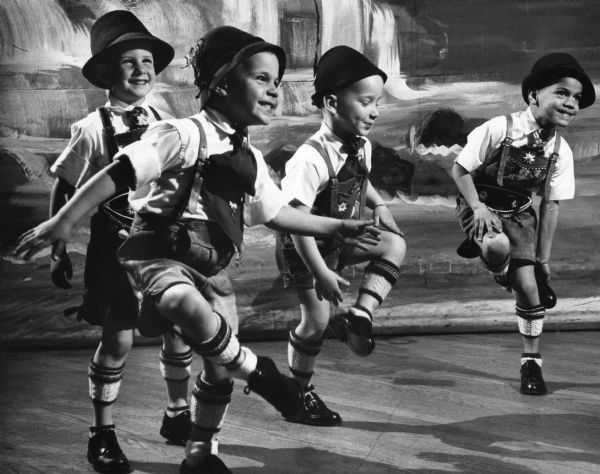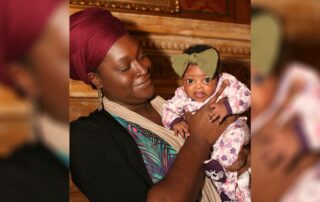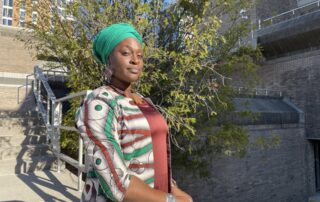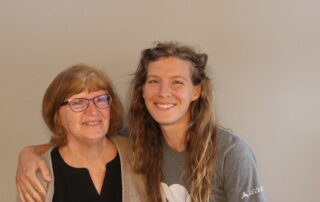Festival season unofficially kicks off in Milwaukee this weekend. Thousands of people will flock to the Henry Maier Festival Park along the lakefront to celebrate Pridefest. Later this summer, they’ll come for Polish Fest, Black Arts Fest, and Indian Summer Festival. Historian John Gurda tells us that the cultural festivals have a long history in the city.
Roll Out the Barrel
Italians say festa, Latinos say fiesta, and the Irish say feis, but it all means “festival” in Milwaukee. Every summer the lakefront grounds resound with the joyful noise of celebrations that one ethnic group after another throws for all the rest of us. And it’s not just the lakefront. Greek Fest, Serbian Days, Juneteenth, Hmong New Year, Bastille Days, and the granddaddy of them all—the Holiday Folk Fair—draw thousands of patrons to venues throughout the metro area.
Given the depth of ethnic feeling in Milwaukee, it will come as no surprise that we’ve been at this for a very long time. In the 1840s, when Milwaukee was more an idea than a city, there were curling bonspiels for the Scots, St. Patrick’s Day parades for the Irish, and Syttende Mai—Independence Day—for the Norwegians. But Milwaukee’s first true ethnic festival—the first event held to share one group’s culture with everyone else—was probably the Mai Fest of 1852.
It was, of course, a German event. Natives of Germany made up more than a third of Milwaukee’s population in 1852, and some felt it was high time for the city’s largest ethnic group to host a celebration. On May 20 the Milwaukee Sentinel announced “a grand People’s Festival” designed “to introduce here a beautiful old German custom.”
That custom, explained the Sentinel, had its roots in pre-Christian Germany as a pagan rite of spring. No one anticipated a full-blown bacchanal, but organizers hoped for a festival “in which all classes and ranks of men participate freely and without restraint.”
That included non-Germans. The event’s sponsors, reported the Sentinel, “never intended to make out of it a ‘German’ feast-day. They hope it will be hence and afterwards a ‘People’s feast-day.’” Organizers were overjoyed when the Union Club, a very proper group of English cricket players, announced that it would take part.
The city’s first Mai Fest came off without a hitch on May 31, 1852. Crowds flocked to “Spring street hill,” a scenic grove overlooking downtown from the present site of the Central Library. There were speeches (in both English and German), community games, sharpshooting contests, a cricket match, choral singing, dancing to German bands, and liberal quantities of May wine. As many as 10,000 people crowded onto the grounds at one time—no small turnout in a community of less than 25,000.
The Sentinel pronounced the day a resounding success: “It was a pleasure to see with how much spirit our German fellow-citizens entered into the celebration, and with what hearty good-will those not of German birth participated in the festivities. It was an additional pleasure to note the genial brotherly feeling which pervaded all classes and disposed one and all to bid ‘All hail the May!’”
There was at least one minority view. James Buck, Milwaukee’s pioneer historian, described the event as “a complete failure.” Buck was one of those strait-laced Yankees who wasted little affection on immigrants and even less on their celebrations. “How it must elevate the mind,” he scoffed, “to climb a greased pole, chase a greased hog, and jump tied up to the neck in a bag!”
Nativist grumblings aside, the Mai Fest of 1852 marked the first time that members of all ethnic groups, even the Yankees, met on common ground to share the customs and culture of a single group. Milwaukee has been doing it ever since.











